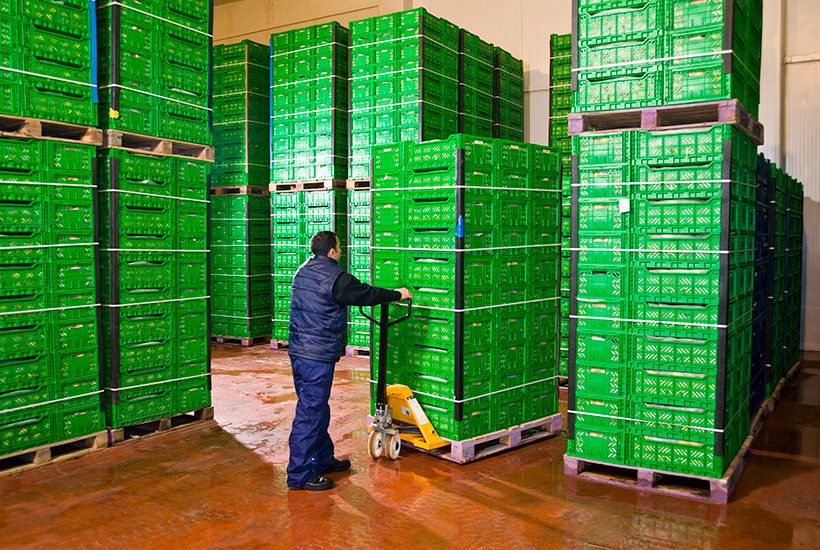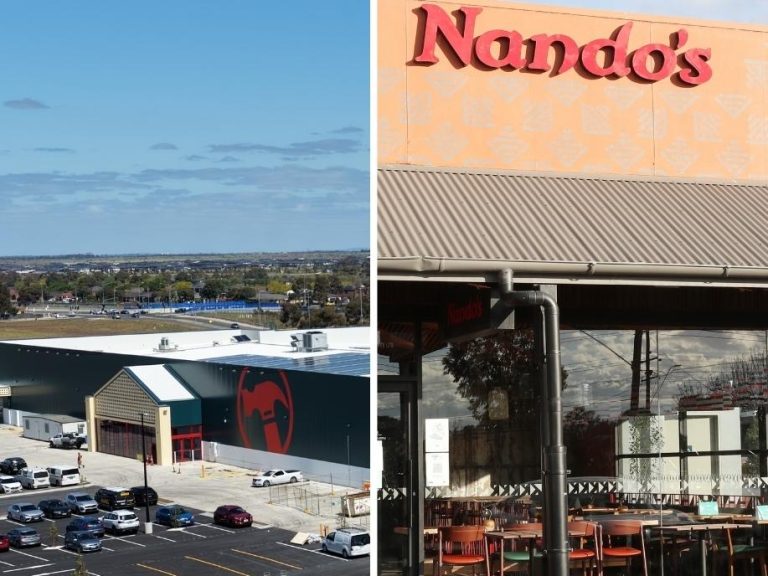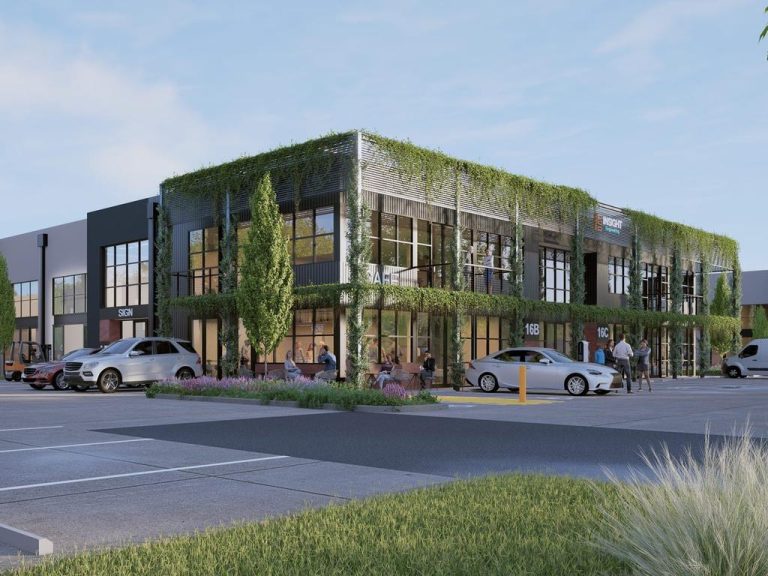Pandemic drives shift in demand for cold storage

The pandemic-propelled demand for cold storage space has meant it has become a valuable, yet scarce, commodity.
“COVID-19 took the demand for prime industrial and logistics real estate to a new level,” said Matthew Lee, senior director in JLL’s occupier solutions for industrial and logistics in Australia.
“Importantly, there hasn’t been enough speculative development to wash all the demand through, and now businesses are queuing up for space.”
A JLL report released last month described the Australian shortage of refrigerated warehouses as acute.
The latest CBRE research also points to market scarcity. Between 2016 and 2018 Australia’s refrigerated warehousing capacity, per urban resident, fell from 0.281 cubic metres to 0.085 cubic metres, due to population growth outstripping development supply in cold storage.
It is now back up to 0.382 cubic metres of refrigerated warehouse space per urban resident, CBRE’s head of industrial and logistics research Sass J-Baleh noted.
“Although stock levels have risen, the cold storage sector across the country remains at 0% vacancy, demonstrating the extremely limited cold storage supply in Australia,” Ms J-Baleh said.
Ms J-Baleh said the food sector has driven the need for cold storage space.
The growth in the food and beverage industry, and its associated manufacturing and distribution operations, was evident in the increase in non-discretionary retail trade. Australian Bureau of Statistics data showed non-discretionary retail trade had recorded an average year-on-year growth rate of 3.3% over the past few years, with Ms J-Baleh noting it had climbed further during the pandemic to reach 8.7%.
“Since the COVID-19 pandemic, the growth rate has stepped up and continues to climb,” she said.
The tension between supply and demand has also shifted the investor profile of the food logistics sector, according to commercial property agents.

Institutional investors now see cold storage as an attractive investment option. Picture: Getty
Chris O’Brien, CBRE’s executive director of capital markets in the industrial and logistics division, said institutional investors had come to dominate the increasingly valuable property market.
“Whereas cold storage was previously seen as a specialised product, it’s now moved into the purpose-built, quality institutional-grade produce and moved away from an owner-occupier,” he said.
“Institutional investors really like the asset class due to the leases being mostly triple net, long in nature and the renewal probability at expiry is quite strong.”
A run of recent sales reveals the strength of the cold storage and food distribution property sector as an asset class.
One of Australia’s largest logistics real estate deals was completed in April. In a joint partnership with a Singaporean firm GIC, ESR Australia purchased a portfolio of 45 properties, with a core of warehouses and distribution centres, for $3.8 billion from US fund management giant Blackstone Group.
JLL reported the sale reflected a weighted average yield of about 4.5% – a level that “was once prime office territory” – and demonstrated industrial’s dramatic shift in the hierarchy of core real estate investment.
Last month, Charter Hall’s wholesale industry and logistic fund, CPIF, bought 25 cold storage and food distribution centres across Australia, in a $269.4 million sale and leaseback deal with PFD Food Services. In April, the company’s direct industry fund bought two Victorian food manufacturing and cold storage sites from the world’s biggest pie maker Patties Foods, for $141 million.
In October, Centuria Industrial REIT reported it had purchased a five-year-old, 9554sqm cold facility in Ormeau, Queensland, for $43 million.
The company statement said it was “a strategic play to capitalise on the rising demand for cold storage facilities, which currently outweighs supply”.
“We are confident cold storage is a rising sub-market due to its long-term leases, strong tenant covenants, and unmet investment demand for this type of industrial facility,” Centuria head of funds management Ross Lees said.
Last month, CBRE managed the sale of a $51 million food grade logistics portfolio that including large cold storage facilities in Brisbane to an undisclosed buyer.
On the other end of the scale, smaller cold storage properties are being swept up in the surging demand. Savills director of industrial and logistics in Queensland, Shaw Harrison, told realcommercial.com.au the high demand for quality frozen and chilled premises in the state had dried up supply.
In the last 18 months, Mr Harrison has leased 15,000sqm of cold storage facilities. The latest is a 280sqm unit in Morningside that earns $84,000 in annual rental income. It was leased to a coconut-based food distributor looking to set up new wholesale and retail ventures.
“I think a lot of food suppliers got caught off guard by the pandemic. With the rush on the supermarket shelves, a lot of wholesalers were emptied of their stock supplies too quickly. So, now everyone sees the need to stockpile more food,” Mr Harrison said.
“Most of the customers I deal with have had increases of more than 100% in terms of growth.”
Mr Harrison said he had three groups looking to lease the Morningside unit, but a five-year commitment at the asking rental price, with no incentives, secured the property without a day’s vacancy. Recently, the agent listed a 2500sqm cold storage warehouse in Lytton and has already had 10 inspections.
With access to the Port of Brisbane, airports and road networks, Lytton is one of the fastest growing industrial regions in south-east Queensland, according to Economic Development Queensland. CBRE has two cold storage facilities listed for sale in Lytton: a 2363sqm property, that has 20 self-contained freezer units; and another in Trade St, which has a 90-pallet room freezer and a chiller room with capacity for 560 pallets.
Ms J-Baleh predicted the pandemic would lead to a greater focus on solidifying Australia’s end-to-end supply chain for critical products.
She said the federal government’s $1.46 billion Modern Manufacturing Strategy, released late last year, could expand logistics activity in the pharmaceutical and food and beverage sectors and continue to grow demand for industrial floorspace, such as cold storage.







